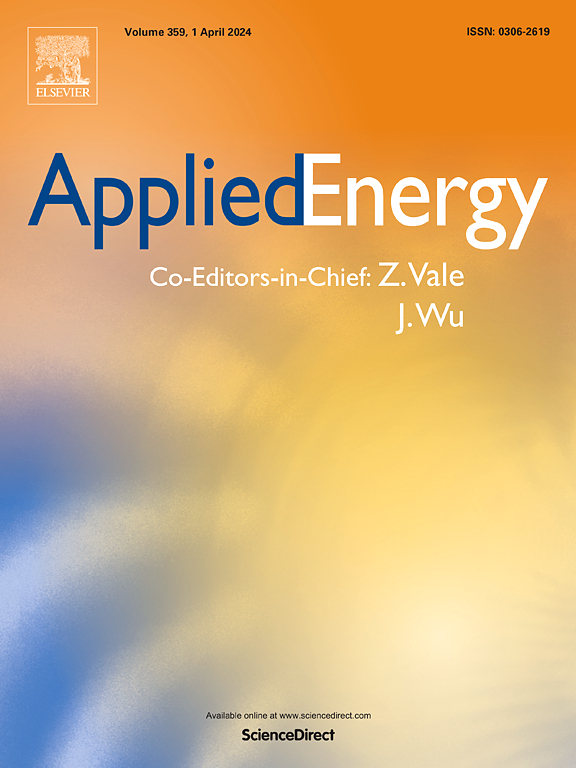Coupling a capacity fade model with machine learning for early prediction of the battery capacity trajectory
IF 10.1
1区 工程技术
Q1 ENERGY & FUELS
引用次数: 0
Abstract
Early prediction of battery capacity degradation, including both the end of life and the entire degradation trajectory, can accelerate aging-focused manufacturing and design processes. However, most state-of-the-art research on early capacity trajectory prediction focuses on developing purely data-driven approaches to predict the capacity fade trajectory of cells, which sometimes leads to overconfident models that generalize poorly. This work investigates three methods of integrating empirical capacity fade models into a machine learning framework to improve the model’s accuracy and uncertainty calibration when generalizing beyond the training dataset. A critical element of our framework is the end-to-end optimization problem formulated to simultaneously fit an empirical capacity fade model to estimate the capacity trajectory and train a machine learning model to estimate the parameters of the empirical model using features from early-life data. The proposed end-to-end learning approach achieves prediction accuracies of less than 2 % mean absolute error for in-distribution test samples and less than 4 % mean absolute error for out-of-distribution samples using standard machine learning algorithms. Additionally, the end-to-end framework is extended to enable probabilistic predictions, demonstrating that the model uncertainty estimates are appropriately calibrated, even for out-of-distribution samples.
求助全文
约1分钟内获得全文
求助全文
来源期刊

Applied Energy
工程技术-工程:化工
CiteScore
21.20
自引率
10.70%
发文量
1830
审稿时长
41 days
期刊介绍:
Applied Energy serves as a platform for sharing innovations, research, development, and demonstrations in energy conversion, conservation, and sustainable energy systems. The journal covers topics such as optimal energy resource use, environmental pollutant mitigation, and energy process analysis. It welcomes original papers, review articles, technical notes, and letters to the editor. Authors are encouraged to submit manuscripts that bridge the gap between research, development, and implementation. The journal addresses a wide spectrum of topics, including fossil and renewable energy technologies, energy economics, and environmental impacts. Applied Energy also explores modeling and forecasting, conservation strategies, and the social and economic implications of energy policies, including climate change mitigation. It is complemented by the open-access journal Advances in Applied Energy.
 求助内容:
求助内容: 应助结果提醒方式:
应助结果提醒方式:


